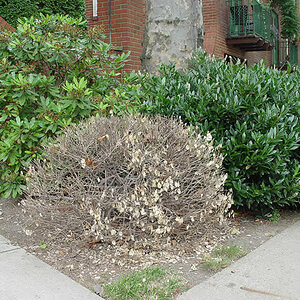mortallis288
TPF Noob!
- Joined
- Sep 8, 2006
- Messages
- 303
- Reaction score
- 0
- Can others edit my Photos
- Photos OK to edit
alright i am thinking to setup a moveable darkroom in my basement bathroom because nowhere eles down there has electrical outlets. would the developer stain the tub if i pour it down there? and is this a dangerous place to work? i was thinking about cutting out a piece of plywood that would sit down in the bathtub and make a running hose out of rubber piping, there are other places but there is no running water and no electrical outlets so this would be the most convient. and also to develop film do i NEED stopbath or is that just a added step?



![[No title]](/data/xfmg/thumbnail/37/37603-739c5d9b541a083a12f2f30e45ca2b7b.jpg?1619738147)
![[No title]](/data/xfmg/thumbnail/37/37604-7ad625e983f92f880eb65a264eeef5e4.jpg?1619738148)
![[No title]](/data/xfmg/thumbnail/31/31090-4f0653c24dc61d2950c0fea87eb4d827.jpg?1619734606)



![[No title]](/data/xfmg/thumbnail/37/37605-90c8efaef5b7d1f52d4bf8e7dfd33673.jpg?1619738148)



![[No title]](/data/xfmg/thumbnail/31/31091-00a77a1c08cddcf7dc236d9317f868d2.jpg?1619734607)
